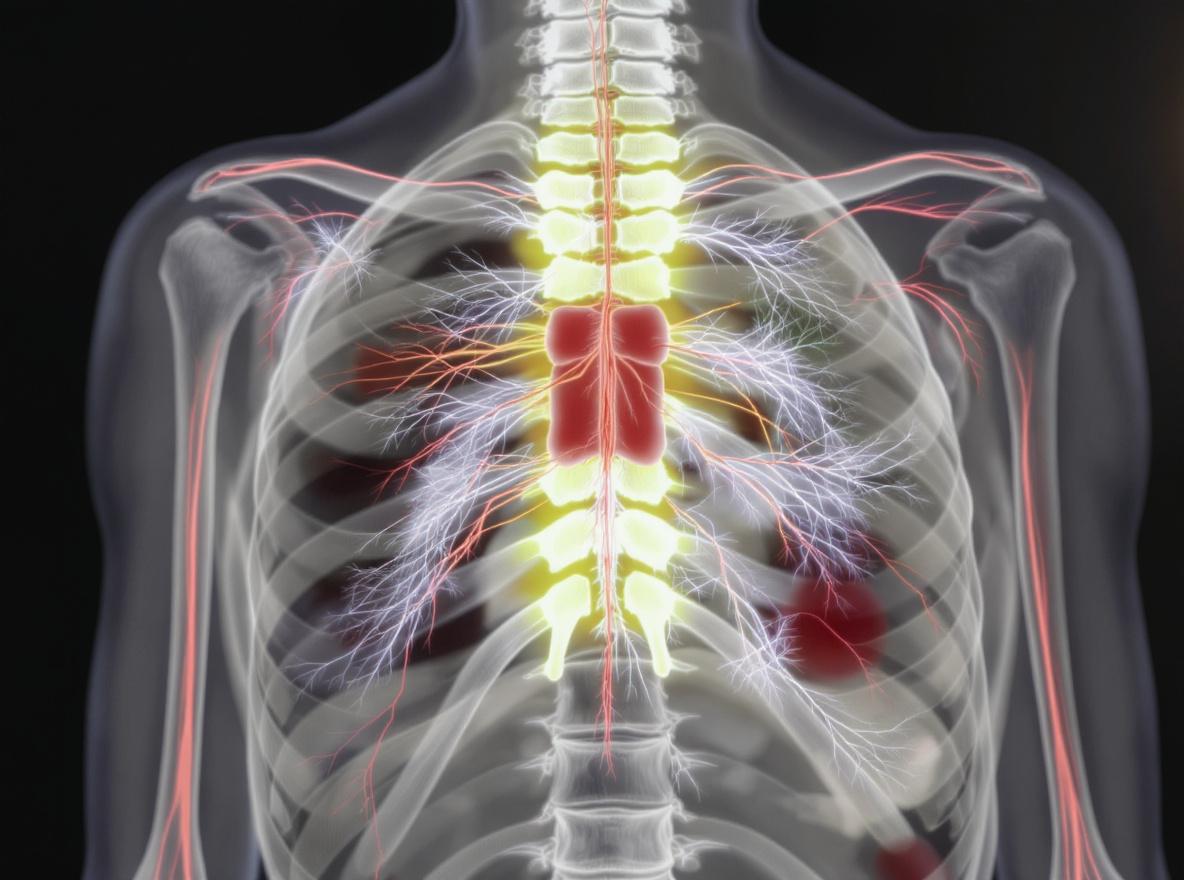Spinal Muscular Atrophy (SMA) is a genetic disorder that affects the motor nerve cells in the spinal cord, leading to muscle weakness and atrophy. It's a poignant example of how genetic variations can significantly impact health. Although considered a rare disease, its effects are profound, underscoring the importance of awareness and research.

What is Spinal Muscular Atrophy?
Spinal Muscular Atrophy is an autosomal recessive neuromuscular disorder primarily affecting the motor neurons—nerve cells responsible for voluntary muscle actions such as swallowing, breathing, and movement. It occurs when a mutation in the SMN1 gene leads to the deficiency of the survival motor neuron (SMN) protein, which is crucial for motor neuron function. Without adequate SMN protein, motor neurons break down and die, leading to muscle weakness and atrophy.
The presentation of SMA varies widely among patients, sometimes making diagnosis challenging. According to the National Institute of Neurological Disorders and Stroke, SMA is classified into different types based on the age of onset and severity of symptoms, ranging from Type 0 (the most severe form) to Type 4 (adult-onset SMA with milder symptoms).
Treatment Options for Spinal Muscular Atrophy
Advancements in genetic research have led to the development of impactful treatments that can alter the natural history of SMA, especially when initiated early. According to Cleveland Clinic, these treatment strategies can improve life expectancy and quality of life substantially.
Types of SMA Treatments
Innovative therapies target the underlying genetic problems in SMA, and the following are some noteworthy treatments:
- Nusinersen (Spinraza): An antisense oligonucleotide that enhances the production of the SMN protein, administered directly into the spinal fluid.
- Onasemnogene abeparvovec (Zolgensma): A gene therapy that delivers a functional copy of the SMN1 gene through a viral vector, recommended for use in children under two years.
- Risdiplam (Evrysdi): An oral medication that increases the production of the SMN protein, which can be used across a wider age span compared to other options.
These treatments have transformed the outlook for patients, offering new hope where previously there was none.
Medication Side Effects: What to Know
As with any medication, discussions about potential side effects are crucial. While treatments for SMA are generally well tolerated, each has specific considerations:
- Nusinersen: May cause respiratory infections, constipation, or back pain, as it is administered intrathecally.
- Onasemnogene abeparvovec: Linked to liver enzyme elevation and potential liver damage; ongoing liver function monitoring is recommended.
- Risdiplam: Can cause fever, diarrhea, and skin rash.
Discussing these side effects with healthcare providers is essential to managing and minimizing discomfort while maximizing therapeutic benefits. More information on these treatments can be found at Johns Hopkins Medicine.
The Importance of Healthcare Awareness
Raising awareness about SMA and its treatment options is critical for early intervention and improved outcomes. Healthcare professionals and families need to recognize early signs and symptoms to enable prompt diagnosis and access to therapies. Education and support through patient advocacy groups and informational resources are invaluable. Insights from the article on Nature underscores the complexity of SMA research and the importance of continued efforts to understand the disease.
A continuous push for research, early genetic testing, and awareness campaigns can bridge the gap between scientific advancements and practical healthcare applications.
SMA Treatment Cost Overview
The cost of SMA treatments can vary significantly based on the therapy chosen. Below is an HTML table summarizing potential treatment pricing to provide clarity and guidance.
| Treatment | Approximate Cost | Administration Frequency |
|---|---|---|
| Nusinersen (Spinraza) | $750,000 (first year) | Every 4 months |
| Onasemnogene abeparvovec (Zolgensma) | $2.1 million (one-time) | One-time IV infusion |
| Risdiplam (Evrysdi) | $340,000 (annually) | Daily oral dose |
Given the significant cost of these treatments, it's vital for families to explore insurance coverage, potential financial assistance, and to engage with healthcare providers to understand all available options.
Raising consciousness about SMA empowers communities to actively engage in meaningful dialogue about genetic disorders, their treatments, and the evolving landscape of medical research. Understanding the interconnected web of genetic, medical, and societal aspects can illuminate pathways to improved health outcomes and well-being for those affected by this condition.




